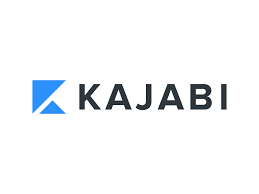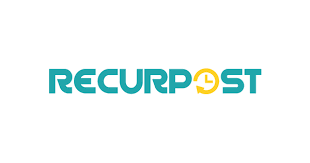
As I have developed a social media marketing business over the last year, coming from the insurance industry as an actuarial consultant, the statistics and demographics have drawn me in. Working with solopreneurs and small businesses, I have had the opportunity to dig deep into personalities and profiles one person at a time, slowly building my following and knowledge as to how these people interact on social media. Over time, patterns and profiles have begun to emerge into viable statistical data that can be used to target specific people with carefully crafted content.
After attending the Social Media Marketing World conference and then Mari Smith and Dennis Yu’s workshop in San Diego this past April, I gathered that there are many large companies trying to break into social media, but they simply do not know how to connect the two worlds. They see social media as being another TV channel into people’s living rooms. That type of advertising simply does not work on social channels like Facebook and Instagram. People are scrolling for social news.
Most people know that Facebook is king when it comes to information and demographics about people’s interests, hobbies, and purchasing habits. The way that they’ve aggregated Personix demographics into personal profiles and followed the clicking activity of how people behave online is nothing short of astounding.
As I have talked with people from the corporate side about my business, I’m finding that they are having a hard time grasping how they can reach people through Facebook or Instagram, that they do not see how this is going to help them. LinkedIn looks like a sea of resumes to them with limited interaction.
They think their clients are not on Facebook. I think they don’t know how to reach them. They are there, but they are not there to click on work topics.
I have been digging into Facebook Audience Insights for quite some time. In addition to that tool, I like to incorporate Social Profiles into e-mail lists for simple demographics like gender and age. Hootsuite also has some great data to dig into. Once you get specific with industries, job titles, income levels, gender and age, it’s not that difficult to create profiles of potential clients with these tools. You can discover where they like to shop, vacation, what they eat, how much they spend online, if they own or rent their homes, and much more.
How can we take this newfound knowledge of personal lives and social status to bridge the gap from social media to corporate?
Something I learned from Christopher Dilts and Dennis Yu of BlitzMetrics is that once you have developed a solid profile of people in the industry you are after, start creating content that solely speaks to those interests, target the audience you’re reaching for, and spend time developing rapport with your newfound audience. You’re becoming the go-to on all the things they like in their personal lives. It can take a few months to build rapport, and as your audience grows, and people share your content, your organic reach will outpace your paid reach. Pay close attention to the numbers because there are moments when amplifying content is critical, or you’ll lose that momentum.
Providing entertaining content for your ideal clients is not what makes this work though. It’s only one piece of the puzzle.
You must have the plumbing set up that will track, measure, and collect this audience for you, so that when you are ready to deliver content that pertains to your business, it will hit their news feeds and audience networks that capture their attention in the middle of an article or story that interests them on a personal level.
If the very thing your potential client is looking for at work pops up in the middle of an article they are reading on today’s political mayhem while on Facebook on their mobile phone during their lunch break, it will more than likely capture their attention as something they should take a look at. You have hit your goal by getting them to click on it and come visit your site. Even better is for them to put their email address in the opt-in box and download your freebie they can check out when they get back to the office.
Now you may think I’m talking about the stalking ads that follow you around online every time you do a search for something, and that very thing pops up in the side bar of your Facebook or news source. It’s not that at all. This is a much more subtle approach that naturally pulls you in without making you think Big Brother is watching.
Taking what you’ve started over on Facebook back to LinkedIn solidifies your legitimacy, so make sure you are ready when people come to check you out. Your LinkedIn profile will give your potential client the resume and references they need to see that you may very well have the services they need that they first became aware of while on Facebook reading an article about the election that had an ad in the middle of it for a list of viable captive insurance company investments that you are interested in.
How can you craft your content to your target market to reach your goals?

Sally Hendrick is the founder of Social Media Traffic School, a place to learn how to drive traffic to your business through social media. Sign up to get inside her social media tips & tricks club on Facebook.









Trackbacks/Pingbacks